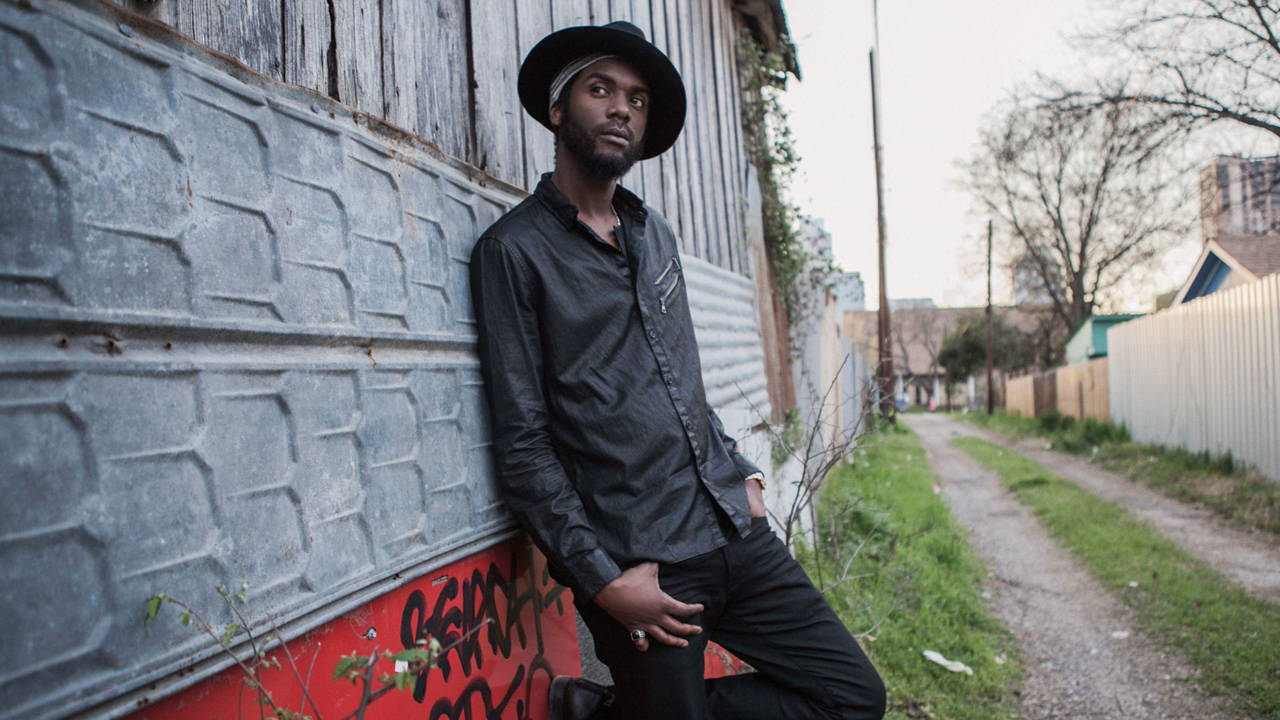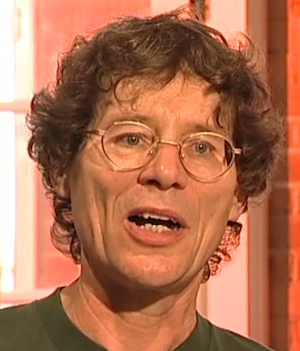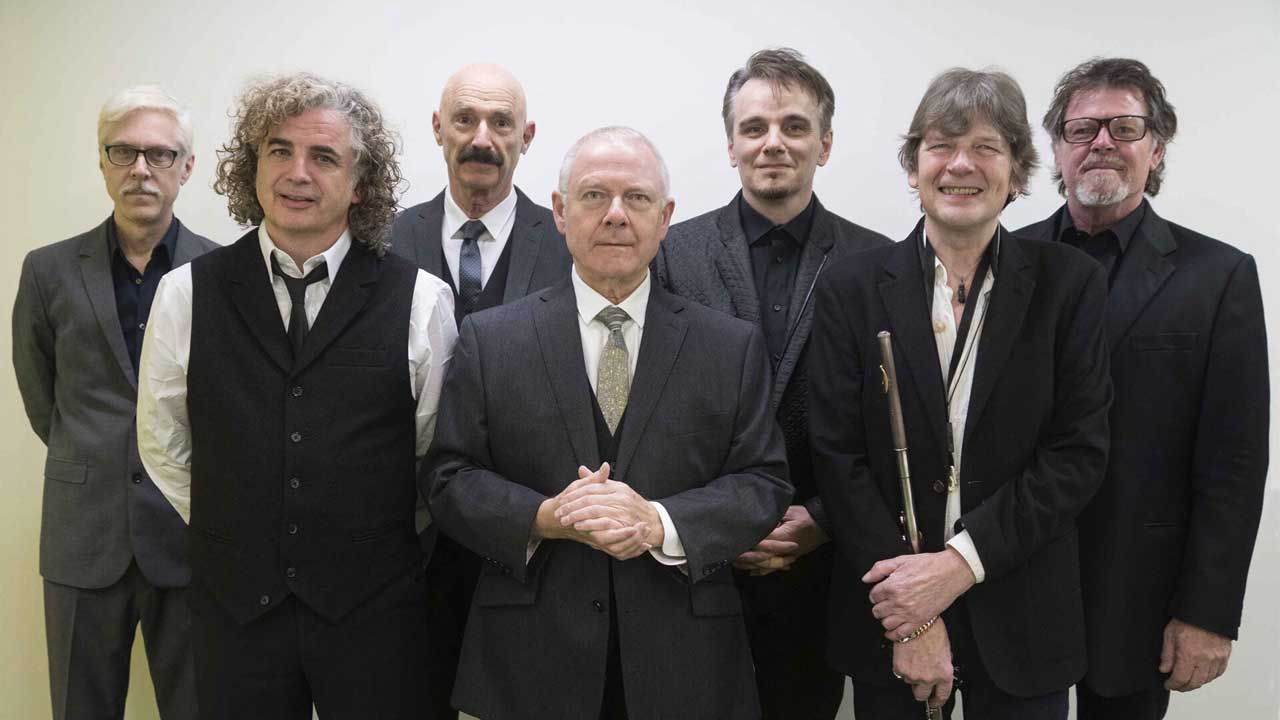You can trust Louder
There’s something almost perversely satisfying about the way that Gary Clark Jr evades the expectations heaped upon him on his second ‘proper’ album. And what great expectations they have been too: a host of old fogeys offering their glowing testimonials – led by Mick Jagger and Eric Clapton – followed by the inevitable Jimi Hendrix comparisons, a string of musical dalliances from Alicia Keys to the Foo Fighters, and mopping up just about every award going at his hometown Austin Music Festival.
Amid this grand parade it’s very easy to forget that while his Blak And Blu major label debut delivered some blockbusting songs such as Bright Lights and Ain’t Messin ’Round, at the time several critics complained that the album was trying to cram in too many styles, losing coherence.
Little wonder that when Clark headed off to make this album he closed the studio door swiftly behind him before anyone else could get in. The Story Of Sonny Boy Slim is written, arranged and produced by Clark himself, and he also plays most of the instruments on the record. It’s also an autobiographical statement; Clark is Sonny Boy Slim. It’s probably not the album his record company were hoping for, and critics of the first LP may need to take some deep breaths before listening to this.
The problem, if you want to call it that, is that while Clark was immersed in the blues while he was growing up, he has also been influenced by the subsequent history of black music: R&B (both ancient and modern), soul, nu-soul, rap, hip-hop, you name it. He’s now 31 years old and clearly has no intention of slotting into any of the convenient niches that his elders have prepared. So, where to go from here?
Sonny Boy Slim’s story starts with a short fragment of an old plantation work song – actually played by a local Austin busker – that segues straight to the present with a heavy riff, shimmering chords and hip-hop rhythms as Clark declares: ‘This music is my healing, cos when this world upsets me, this music sets me free.’
The aptly titled Grinder, with its metallic bass riff, sounds confused and trapped – ‘I’ve been thinking too much, everybody’s talking ’bout money, I got to get me some,’ before his guitar eventually finds a way out via the stratosphere. It’s the beginning of a restless journey. His search for a consistent style hovers somewhere between the falsetto vocals of Curtis Mayfield, Frederick Knight and Prince, with trippy beats and edgy guitar solos, but never really settles. There are occasional blind alleys, such as the Dylan-ish Church, complete with acoustic strumming and harmonica, and moments when you wonder if he’s just trying something on for size, such as the lazy, swirling *Wings *or the stadium rock riffs of Stay.
The journey winds up with the invigorating Shake, with its Billy Boy Arnold riff, and the portentous closing ballad Down To Ride that rolls to a lengthy fade-out with a psychotic sax solo puncturing the psychedelic sound layers. It’s an indulgent trip; maybe something he needs to get out of his system while he finds his own niche. And like any worthwhile story, it’s to be continued.
Hugh Fielder has been writing about music for 50 years. Actually 61 if you include the essay he wrote about the Rolling Stones in exchange for taking time off school to see them at the Ipswich Gaumont in 1964. He was news editor of Sounds magazine from 1975 to 1992 and editor of Tower Records Top magazine from 1992 to 2001. Since then he has been freelance. He has interviewed the great, the good and the not so good and written books about some of them. His favourite possession is a piece of columnar basalt he brought back from Iceland.


